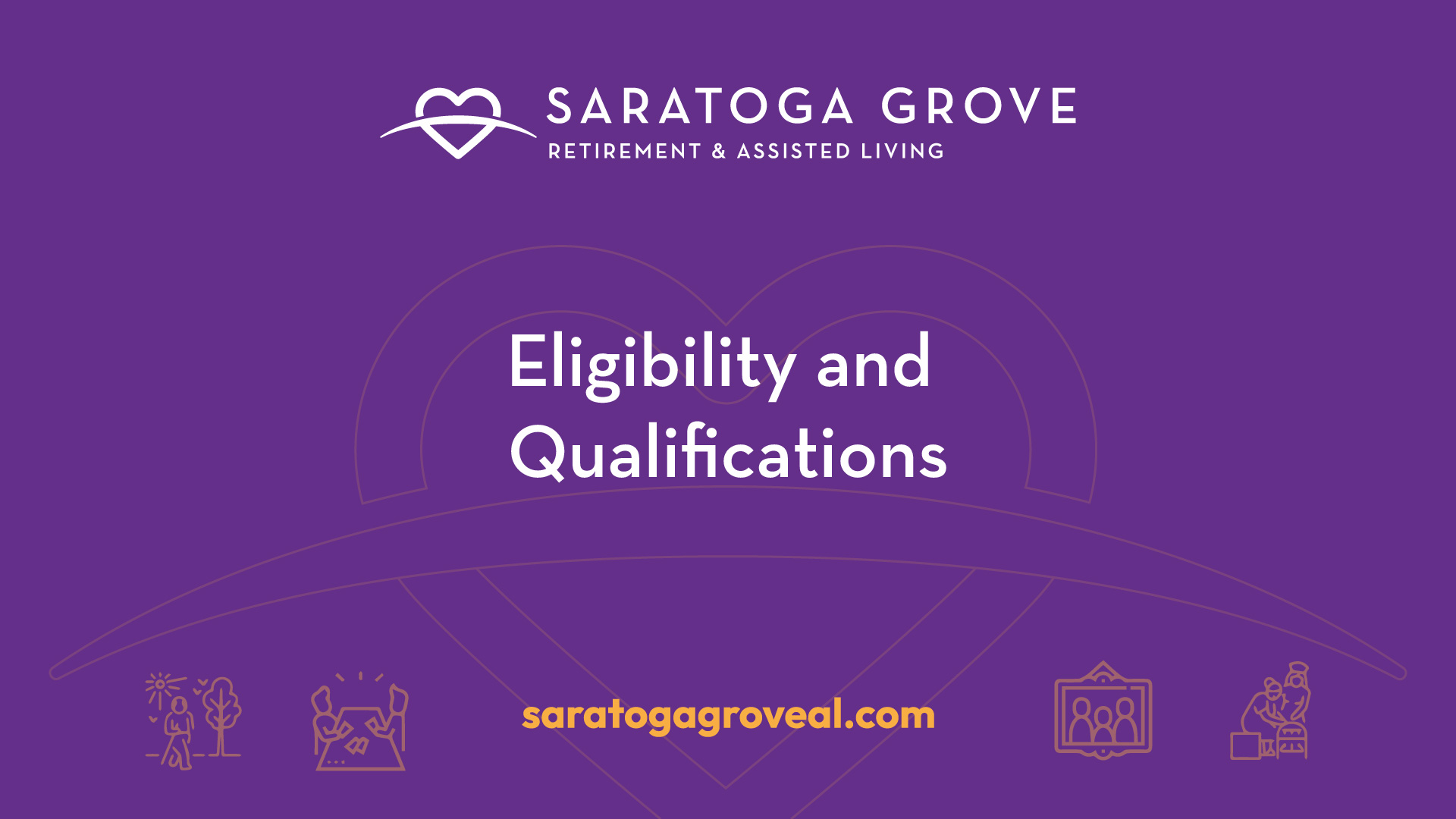
Delving into Hospice Care at Home
March 4, 2025
Discover the benefits of hospice care at home, transforming end-of-life care with compassionate support and accessibility.
Understanding Hospice Care

Hospice care is a specialized form of senior care that focuses on providing compassionate support to individuals with serious and terminal illnesses. The primary goal of hospice care is to enhance the quality of life for patients nearing the end of their lives. This care is provided by an interdisciplinary team of professionals and volunteers who address the physical, psychological, and spiritual needs of patients and their families.
Definition and Purpose
Hospice care is a type of palliative care that offers comprehensive support to individuals with advanced illnesses. It is not about giving up on treatment but rather shifting the focus to improving the patient's comfort and overall well-being. Hospice care aims to provide relief from pain and other distressing symptoms, while also attending to the emotional and spiritual needs of the patient and their loved ones.
The care provided by hospice teams is highly personalized and tailored to meet the unique needs and preferences of each patient. This approach ensures that the patient's goals and wishes for end-of-life care are honored [2].
Benefits of Hospice Care
Hospice care offers several benefits for patients and their families. Some of the key advantages include:
- Enhanced Quality of Life: Hospice care aims to improve the overall quality of life for patients by managing their symptoms effectively. This can lead to greater comfort, improved emotional well-being, and a sense of peace.
- 24/7 Support: Hospice care teams are available around the clock, ensuring that patients and their families have access to support and guidance whenever it is needed. This can provide reassurance and alleviate concerns during challenging times.
- Reduced Hospitalizations: By providing comprehensive care at home or in a hospice facility, hospice care helps prevent unnecessary hospitalizations. This can reduce stress, enhance comfort, and allow patients to spend their remaining time in familiar surroundings.
- Emotional and Spiritual Support: Hospice care recognizes the importance of addressing emotional and spiritual needs. The interdisciplinary team offers counseling, bereavement support, and guidance to help patients and their families navigate the complexities of end-of-life care.
- Cost Savings: Hospice care can result in a reduction in out-of-pocket expenses for medications, durable medical equipment, and medical supplies. These costs are typically covered by Medicare, Medicaid, or private insurance for hospice patients.
It's important to note that hospice care is not giving up on treatment, but rather shifting the focus towards providing comfort, dignity, and support during the end-of-life journey. By embracing the holistic approach of hospice care, patients and their families can experience a higher quality of life and find solace in the compassionate care provided by the hospice team.
Hospice Care Services
When it comes to hospice care, a range of services is provided to ensure comprehensive support for patients and their families during this challenging time. These services encompass both medical and non-medical aspects, catering to the physical, emotional, and spiritual needs of individuals under hospice care.
Medical and Non-Medical Support
Hospice care provides help with medical and non-medical needs, addressing the spiritual and psychological needs of patients and caregivers. The goal is to enhance the quality of life and provide comfort to individuals with life-limiting illnesses. Some of the services offered include:
- Pain and Symptom Management: Hospice care focuses on alleviating pain and managing symptoms to enhance the patient's comfort. A team of healthcare professionals, including doctors, nurses, and specialists, work together to develop personalized care plans (personalized care plans) tailored to meet the individual needs of each patient.
- Emotional and Spiritual Support: Hospice care recognizes the importance of emotional and spiritual well-being. Spiritual advisors, grief counselors, and social workers trained in emotional support are available to provide guidance, counseling, and assistance in addressing the emotional and spiritual concerns of patients and their families.
- Financial Assistance: Hospice care may also offer assistance with financial concerns, helping patients and families navigate through the complexities of insurance coverage and identify resources that can alleviate financial burdens. Insurance coverage for hospice care varies, so it's important to consult with the appropriate providers to understand the available options [3].
Availability and Accessibility
Hospice care at home provides 24/7 availability for patients and their families. This means that individuals can reach out for assistance at any time, whether it's for emergency medical needs or a request for spiritual support. The accessibility of hospice care ensures that patients and their loved ones have continuous support, enabling them to navigate through the challenges they may encounter [3].
Hospice care can be provided in a variety of settings, including assisted living facilities, nursing homes, private residences, hospitals, and facilities dedicated exclusively to hospice patients. This flexibility allows individuals to receive care in an environment that is most comfortable and familiar to them [2].
The caregivers in hospice care at home are regarded as high quality, caring, and nurturing. They provide detailed documentation of the care provided, ensuring that all activities, meals, and the patient's overall well-being are monitored. This level of support and comfort is extended not only to the patient but also to their family members.
In summary, hospice care offers a comprehensive range of medical and non-medical services to support patients and their families during the end-of-life journey. By providing accessible and compassionate care, hospice professionals strive to enhance the quality of life and provide comfort to individuals facing life-limiting illnesses.
Hospice Care at Home
When it comes to end-of-life care, hospice care at home provides a compassionate and supportive environment for patients with life-limiting illnesses. This option allows individuals to receive the necessary care and support in the comfort of their own homes, surrounded by loved ones. Let's explore an overview of hospice care at home and the quality of caregivers involved.
Overview and Benefits
Hospice care at home involves providing the best care to patients with life-limiting illnesses, working in collaboration with patients' physicians and other healthcare providers. This approach aims to enhance the quality of life for patients by managing their physical symptoms, addressing their emotional and spiritual needs, and supporting their families throughout the end-of-life journey.
One of the key benefits of hospice care at home is the ability to receive 24/7 availability for patients and their families. This means that assistance, whether it be emergency medical support or a request for emotional or spiritual guidance, is just a phone call away [3]. The goal is to provide comprehensive and responsive care to ensure patients and their families feel supported and comforted during this challenging time.
Quality of Caregivers
Caregivers in hospice care at home are described as high quality, caring, and nurturing [3]. They play a crucial role in delivering compassionate end-of-life care to patients. These caregivers are trained to provide personalized attention and support, taking into account the unique needs and preferences of each patient.
The quality of caregivers in hospice care at home is of utmost importance. These caregivers are not only skilled in providing medical support, but they also offer emotional and spiritual support to patients and their families. They become an integral part of the patient's care team, documenting the care provided, including activities, meals, and the patient's well-being. This detailed documentation ensures that the patient's needs are met consistently and that any changes in their condition are properly monitored and addressed.
Hospice care at home providers, such as Best Hospice Providers, understand the importance of reducing stress and worry levels in families during this challenging time. They aim to provide caregivers who treat patients as if they were family members, offering comfort, support, and expertise. These caregivers are available promptly and with flexibility, ensuring the comfort and rehabilitation of patients with life-limiting illnesses.
By choosing hospice care at home, patients and their families can receive expert care and support while remaining in a familiar and comfortable environment. The compassionate and skilled caregivers involved in this type of care ensure that patients' physical, emotional, and spiritual needs are met, providing comfort and peace during the end-of-life journey.
Eligibility and Qualifications

When considering hospice care, it's important to understand the eligibility criteria and qualifications required for both general hospice care and in-home hospice care.
Qualifying for Hospice Care
To qualify for hospice care, a patient must receive a signed certificate of illness (COI) indicating a prognosis of six months or less. This certificate includes relevant medical information such as diagnosis and symptoms [4]. Hospice care focuses on providing comfort and managing symptoms rather than seeking a cure for the illness. It's essential for all associated parties to sign a statement approving this approach during end-of-life care.
It's important to note that even if a patient's condition improves and their prognosis extends beyond six months, they can still be eligible for hospice care for an additional six months if the criteria are still met. This allows flexibility in providing necessary support and care.
In-Home Hospice Criteria
For those who prefer to receive end-of-life care in the comfort of their own home, in-home hospice care is an option. The eligibility criteria for in-home hospice care are the same as for inpatient hospice care. The patient must meet the requirements mentioned earlier, including the signed certificate of illness and approval of the approach to focus on comfort and symptom management [4].
Once a patient qualifies for hospice care, a personalized hospice care plan is developed to meet their individual needs. This plan focuses on improving comfort and quality of life while allowing the patient to remain in their own home. The plan includes around-the-clock support from dedicated hospice team members who are trained to provide the necessary medical, emotional, and spiritual care during this sensitive time.
By understanding the qualification process for hospice care and the criteria for in-home hospice care, individuals and their families can make informed decisions about the type of care that best suits their needs and preferences. Hospice care provides compassionate support during the end-of-life journey, ensuring that patients receive the comfort, dignity, and support they deserve.
Funding and Insurance
When it comes to receiving hospice care at home, it's important to consider the funding and insurance options available. Hospice care can be funded through various sources, including government programs, private insurance, and charitable organizations. In this section, we will explore the payment options and insurance coverage related to hospice care.
Payment Options
Hospice care can be financed through several means to ensure that individuals receive the necessary support during this crucial time. The following are common payment options for hospice care:
- Medicare: Medicare is a government-funded program that provides health insurance coverage for individuals aged 65 and older or those with certain disabilities. The Medicare hospice benefit covers most hospice services, including those provided at home. This benefit often includes coverage for medications, medical equipment, and supplies related to the terminal diagnosis. Expenses related to hospice care are typically covered 100 percent under the Medicare hospice benefit.
- Medicaid: Medicaid is a joint federal and state program that provides health coverage to low-income individuals and families. Medicaid also offers a hospice benefit that covers hospice care at home, allowing patients to receive care in a place that feels comfortable to them. The coverage provided by Medicaid varies by state, so it's essential to check the specific guidelines and requirements in your state.
- Private Insurance: Many private insurance plans also offer coverage for hospice care. These plans may cover a range of services, including medical equipment, medications, and supplies. The coverage and requirements can vary depending on the insurance provider and the specific policy. It's recommended to review your insurance plan and reach out to your insurance company to understand the coverage and reimbursement options available.
- Charitable Organizations: Some hospice care providers may offer care at no cost or at a reduced rate based on the individual's ability to pay. This is often supported by donations, grants, or other sources of funding. If you are facing financial constraints, it's worth exploring options with local hospice care providers or charitable organizations that specialize in end-of-life care.
Insurance Coverage
Insurance coverage for hospice care can significantly reduce out-of-pocket expenses for individuals and their families. Medicare, Medicaid, and private insurance plans typically cover hospice services, including those provided at home. This coverage may include:
- Medications: The cost of medications related to the individual's terminal diagnosis is usually covered by insurance plans.
- Medical Equipment: Expenses for durable medical equipment, such as hospital beds, wheelchairs, and oxygen equipment, may be covered by insurance.
- Medical Supplies: Insurance plans may also cover necessary medical supplies, such as wound dressings, catheters, and other items required for the comfort and care of the patient.
It's important to note that the coverage and eligibility criteria for insurance plans can vary. To access insurance benefits for hospice care at home, a referral from the patient's primary care doctor may be required [6]. It's advisable to contact your insurance provider or consult with a hospice care agency to understand the specifics of your insurance coverage and any potential out-of-pocket expenses.
Understanding the available payment options and insurance coverage for hospice care can help alleviate financial concerns and ensure that individuals receive the necessary support and services during this critical time. It's recommended to reach out to hospice care providers, insurance companies, and other relevant resources to explore and clarify the funding options and insurance coverage available to you.
Role of Caregivers in Hospice

When it comes to hospice care, the primary caregiver plays a vital role in ensuring the comfort and well-being of the patient. In home hospice care, the primary caregiver is typically a family member or close friend who works closely with the hospice team to develop a personalized care plan based on the patient's specific needs and preferences.
Primary Caregiver Responsibilities
The primary caregiver takes on various responsibilities in home hospice care. These responsibilities may include:
- Providing physical care: The primary caregiver assists with activities of daily living, such as bathing, dressing, and feeding the patient. They ensure the patient's physical comfort and help manage symptoms.
- Keeping records of symptoms: The primary caregiver maintains a record of the patient's symptoms and communicates this information to the hospice team. This helps in monitoring the patient's condition and making necessary adjustments to the care plan.
- Coordinating with the hospice team: The primary caregiver serves as the main point of contact between the patient, the family, and the hospice team. They communicate any changes in the patient's condition or needs to ensure that the care plan is up to date.
- Emotional support: The primary caregiver provides emotional support to the patient and their loved ones. They offer companionship, listen to concerns, and provide comfort during this challenging time.
Support from Hospice Team
While the primary caregiver takes on significant responsibilities, they are not alone in providing care. The hospice team plays a crucial role in supporting the primary caregiver and ensuring the overall well-being of the patient. The hospice team consists of healthcare professionals, including nurses, doctors, social workers, and counselors, who make regular visits to assess the patient's condition and provide necessary care or services.
The hospice team works collaboratively with the primary caregiver to address any concerns, answer questions, and provide guidance on providing care. They offer valuable expertise and support to ensure that the patient receives the best possible care at home.
By working together, the primary caregiver and the hospice team create a supportive environment that allows the patient to receive compassionate end-of-life care in the comfort of their own home. This collaborative approach ensures that the patient's physical, emotional, and spiritual needs are met during this challenging time.
For more information on hospice care and the various aspects involved, explore our previous sections on understanding hospice care, hospice care services, and hospice care at home.
References
[1]: https://www.verywellhealth.com/pros-and-cons-of-hospice-care-1132299
[3]: https://besthospiceproviders.com/
[4]: https://uniquehospice.com/how-to-qualify-for-in-home-hospice-care/
[5]: https://www.vitas.com/hospice-and-palliative-care-basics/about-hospice-care/home-healthcare-or-hospice-care
[6]: https://hcoga.com/blog/what-does-in-home-hospice-care-provide/


































































































